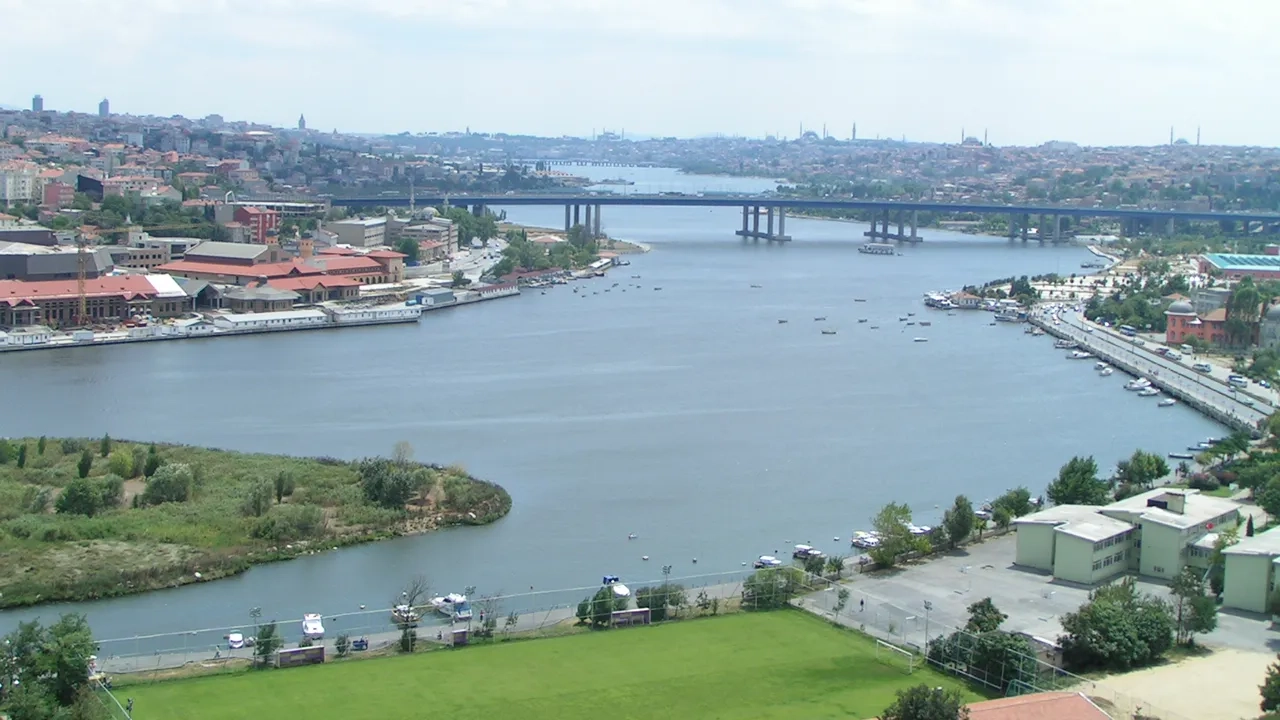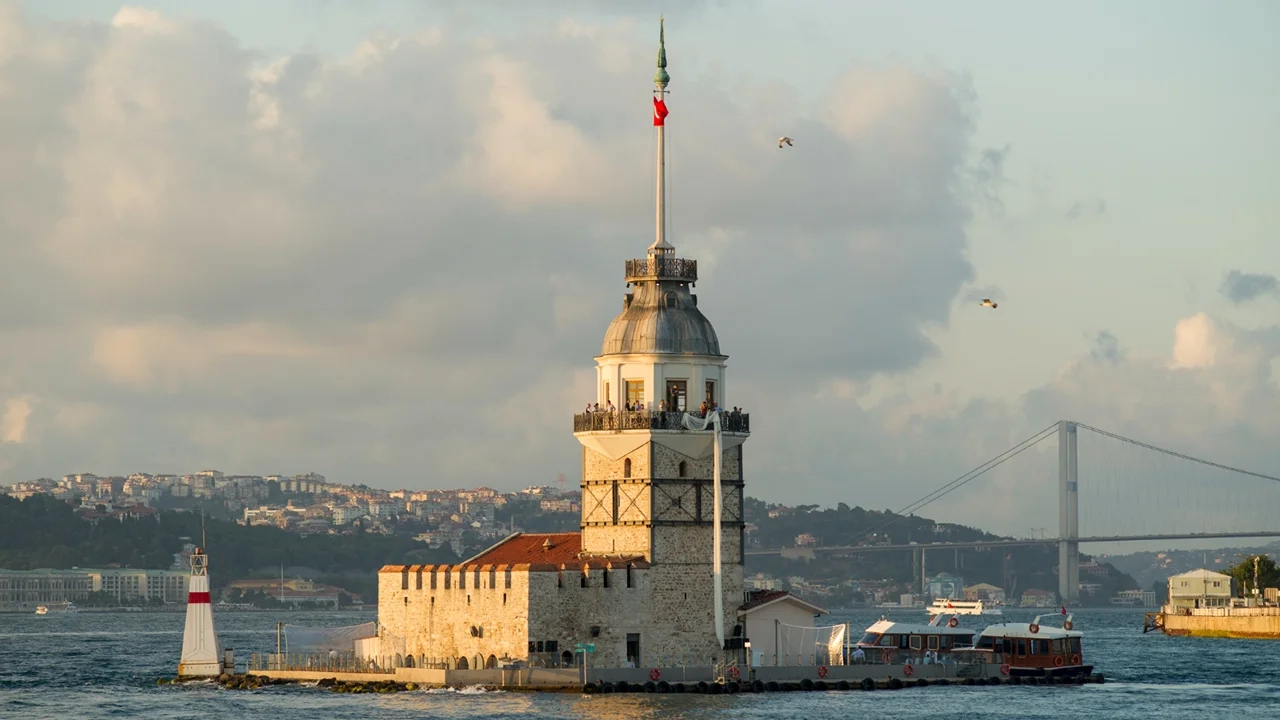
Topkapi Palace Museum: A Historical Gem
Topkapi Palace is one of Istanbul’s most iconic historical landmarks, symbolizing the grandeur of the Ottoman Empire. Situated in a strategic location overlooking the Bosphorus, the palace is renowned for its stunning architecture and lush gardens. It houses a vast collection of royal treasures and historical artifacts, making it a significant cultural destination that offers a glimpse into the history and culture of the Ottoman Empire.
History of Topkapi Palace
Between 1475 and 1478, Sultan Mehmed the Conqueror ordered the construction of a new palace on the military fortress at the outskirts of Constantinople. In 1709, Sultan Ahmed added the famous "Topkapi" or "High Gate" wing. After the palace suffered damage from a fire, it was restored and renamed "Topkapi Palace." From then on, the palace became the residence of sultans, their families, and entourages, and a place for receiving visiting delegations.
Why It’s Called Topkapi Palace
The palace got its name from its grand gate adorned with cannons. The name "Topkapi" in Turkish means "Cannon Gate," a reference to the defensive walls built to protect the palace from potential attacks. As the seat of Ottoman sultans for around 400 years, the palace reflects the opulence and power of the Ottoman Empire through its intricate designs and luxurious details.
Transformation into a Museum
In 1924, under the leadership of Mustafa Kemal Atatürk and after the establishment of the Turkish Republic, Topkapi Palace was converted into a museum due to its historical and cultural significance. This transformation marked a new chapter in the palace’s history, opening its doors to the public and showcasing the rich heritage of the Ottoman Empire to the world.
Sections of Topkapi Palace
Topkapi Palace is divided into sections dating back to the Ottoman period, which continue to attract tourists eager to explore the historical legacy of Istanbul.
The Divan
The Imperial Divan was the heart of governmental decision-making and state affairs, while the Royal Treasury housed Ottoman weapons and armor, recorded expenses, and managed the empire’s financial reserves.
The Harem
The Harem at Topkapi Palace is a world of mystery and intrigue, deriving its name from the Arabic word for "protection and privacy." It was reserved exclusively for the Sultan’s family, designed to ensure seclusion and privacy. The Sultan’s mother, wives, and children resided here, each with a role in the complex hierarchical system of the Ottoman court. Although the Harem moved to Dolmabahçe Palace in 1853, it remains captivating with its intricate design and multi-tiered rooms. The central location of the Valide Sultan’s Pavilion reflects her absolute authority, while the Sultan’s chamber showcases the pinnacle of Ottoman luxury and extravagance.
The Baghdad Pavilion
Construction of the Baghdad Pavilion, one of the finest examples of pavilion architecture, began during Sultan Murad IV’s campaign in Baghdad in April 1638. However, the construction wasn’t completed until after his death. The pavilion consists of two floors, each featuring four stained glass windows. The wooden shutters are inlaid with mother-of-pearl, tortoiseshell, and ivory, while the facade is decorated with 15th-century green and blue Iznik tiles. The interior is equally impressive, with colorful tiles and classic Ottoman couches lining the walls.
The Breakfast Pavilion
Built in 1640 under the reign of Sultan Ibrahim, the Breakfast Pavilion is a small but prominent structure situated between the Baghdad Pavilion and the Circumcision Room. It is particularly popular among visitors who love taking souvenir photos here. The simple design features a golden tulip-shaped roof supported by four gold-painted copper columns. The pavilion was where the Sultan would wait to break his fast during Ramadan, which explains its name. During the day, it served as a shaded resting spot, and at night, it was used to enjoy the moonlight and romantic atmosphere.
The Palace Library
The library within Topkapi Palace is a masterpiece from the Tulip Era, which lasted between 1718 and 1730 during the reign of Sultan Ahmed III. Named after the tulip, which became widely popular throughout the world, the Sultan was an emotional man and an avid reader. In 1718, he built a library, transforming it into a massive repository for collecting and preserving many books and manuscripts in one place.
The library features 32 large windows, allowing plenty of natural light to enter, creating an ideal reading environment while maintaining a dry atmosphere. The library’s doors are excellent examples of Ottoman pearl and ivory craftsmanship, while the interior tiles represent Turkish artistry at its finest during that period.
Palace Kitchens
The Imperial Kitchen served thousands of people, with its ten conical chimneys and small domes clearly visible from afar. From the outside, the kitchen looks like a factory designed to cook large quantities of food. The double room at the far left of the hall was dedicated to desserts and pastries. Eight other domes were allocated for different groups living in the palace, from the sultans to the servants.
Dining from the palace kitchen was an important part of demonstrating loyalty to the ruler. In the 17th century, these rooms served meals to only five people. The pastry and confectionery rooms contain huge pans and a storeroom for provisions. The two middle rooms display collections from the 15th to the 19th centuries.
Where Topkapi Palace Is Located and How to Get There
Topkapi Palace is strategically located in the heart of Istanbul’s historical district, specifically in the "Cankurtaran – Fatih" area. It overlooks the Bosphorus, which separates Asia and Europe, and is near the Golden Horn and the Sea of Marmara.
Topkapi Palace Opening Hours
Both local and foreign tourists can visit the Topkapi Palace Museum daily from 10 a.m. to 4 p.m., except on Tuesdays. Between November and April, visiting hours extend until 6:45 p.m.
Ticket Prices for Topkapi Museum
Ticket prices for entry to the Topkapi Palace Museum range between 200 and 285 Turkish lira, according to the latest pricing from Turkey’s General Directorate of National Palaces.
Enjoy your visit to Turkey by exploring its most famous historical landmarks and beautiful natural sites. Skyline Travel offers a full range of tourism services in Turkey, from flight and hotel bookings to exclusive travel programs. Contact us to learn more about our services.









